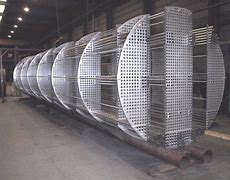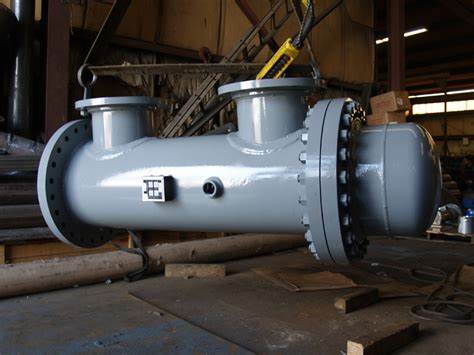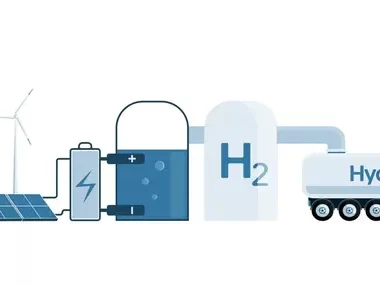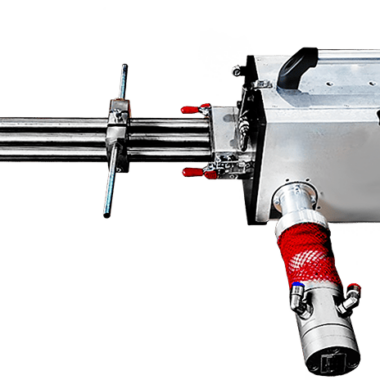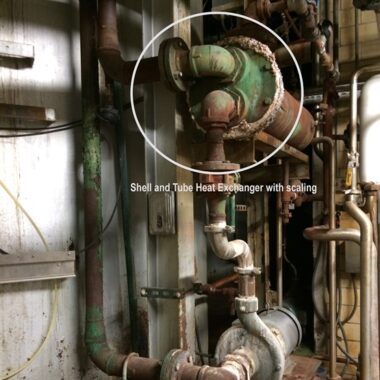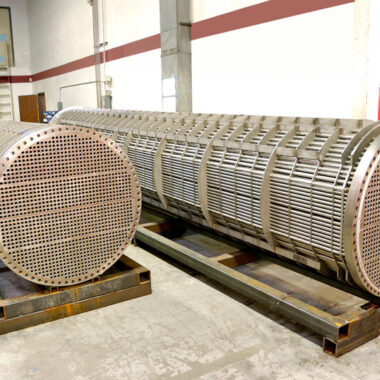Discuss modes of heat transfer
Discuss modes of heat transfer
Heat transfer may be a fundamental concept in both science and daily life. It clarifies how heat moves from one put to another, affecting everything from the weather to the way we cook our food. There are three essential modes of heat transfer: conduction, convection, and radiation. Let’s explore and discuss modes of heat transfer in detail.
1. Conduction: Heat Through Touch
Conduction is the method of heat transfer through coordinate contact. Envision holding a metal spoon in a hot container of coffee. The heat from the coffee travels through the spoon, warming it up. This happens since the heat energy causes the molecules within the spoon to vibrate faster. These vibrating particles then bump into neighboring particles, passing the heat along.
Key Points:
- Direct Contact: Conduction happens when two objects are touching.
- Material Matters: Metals are excellent conductors of heat, whereas materials like wood and plastic are poor conductors.
- Everyday Illustrations: Cooking utensils, heating cushions, and thermal cover.
2. Convection: Heat on the Move
Convection is the transfer of heat through fluids, which can be either fluids or gasses. This mode of heat transfer includes the movement of the liquid itself. For instance, once you boil water, the heat from the stove warms the water at the bottom of the pot. As this water heats up, it gets to be less thick and rises, while the cooler, denser water sinks. This makes a circular motion known as a convection current, distributing heat all through the water.
Key Points:
- Liquid Development: Convection depends on the development of liquids or gases.
- Natural vs. Forced Convection: Normal convection happens due to natural thickness contrasts, whereas forced convection includes outside strengths like fans or pumps.
- Everyday Illustrations: Boiling water, climatic climate designs, and home heating systems.
3. Radiation: Heat from Afar
Radiation is the transfer of heat through electromagnetic waves. Unlike conduction and convection, radiation does not require a medium; it can happen through the vacuum of space. The warmth you are feeling from the sun could be a result of radiative heat transfer. The sun radiates energy within the form of electromagnetic waves, which travel through space and warm the Soil.
Key Points:
- No Medium Required: Radiation can occur through empty space.
- Energy Waves: Heat is transferred by means of electromagnetic waves.
- Ordinary Illustrations: Daylight, heat from a fireplace, and microwave ovens.
Combined Heat Transfer
In real-world scenarios, these modes of heat transfer frequently work together. For occurrence, after you cook a marshmallow over a campfire, conduction heats the marshmallow where it contacts the stick, convection circulates hot air around it, and radiation from the flames warms it from a distance. Understanding how these modes connected can offer assistance us plan way better thermal systems and progress energy effectiveness in various applications.
Conclusion
Heat transfer is an fundamental concept that affects numerous angles of our lives. By understanding conduction, convection, and radiation, we are able superior grasp how heat moves and how to control it in numerous environments. Whether you’re cooking, remaining warm in winter, or planning energy-efficient buildings, information of heat transfer is key to making informed decisions and developments.
